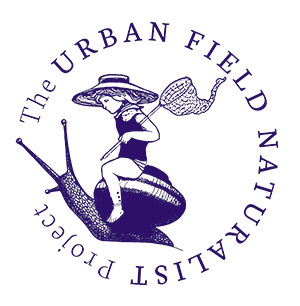
World Rainforest Day – with Crabs
John Martin
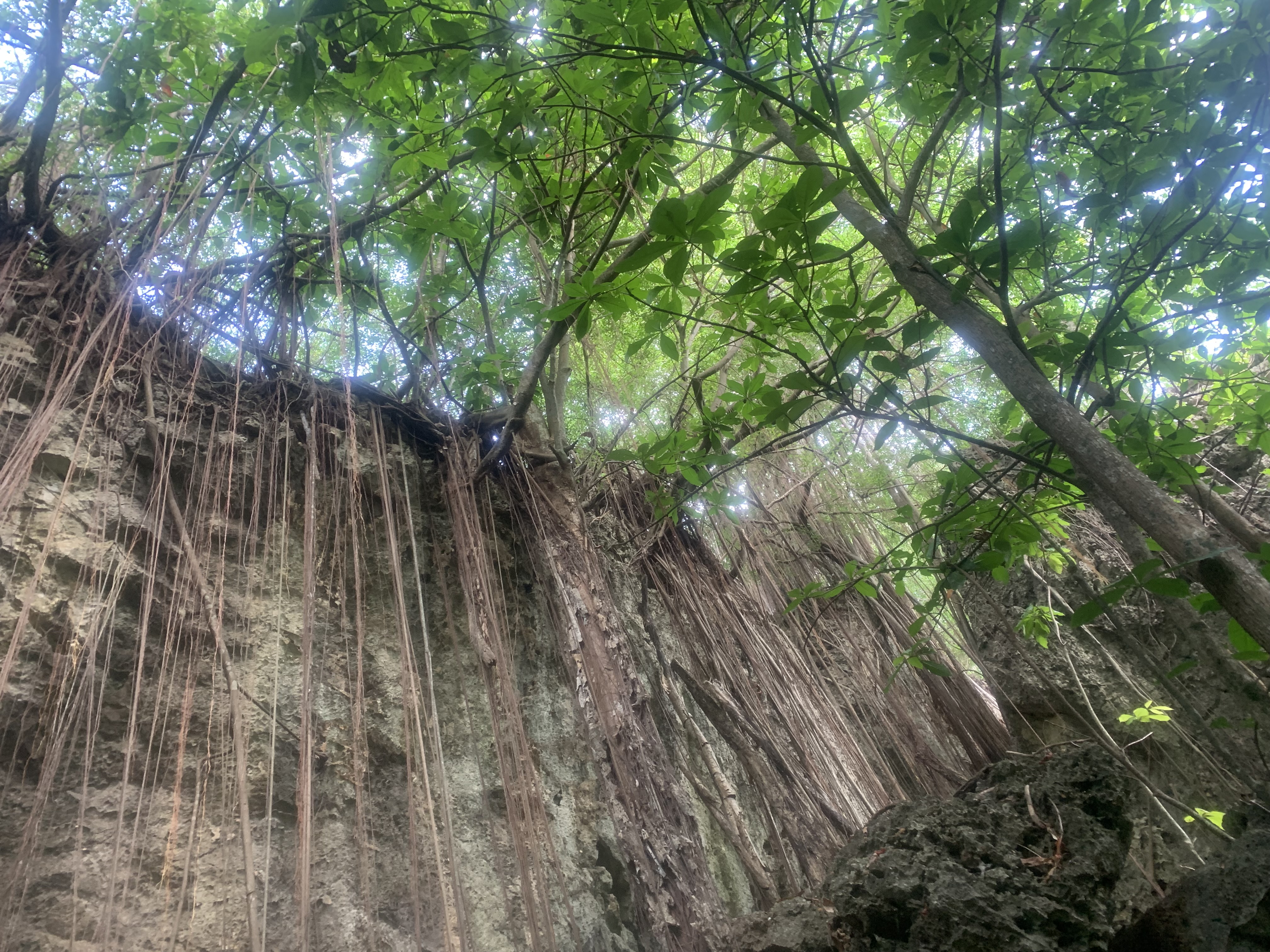
I’m snorkelling around Flying Fish Cove in 2015, as we get out deeper there are a few yachts moored. We have a chat with two people sitting on the back of a yacht, they’ve just spent two weeks sailing to get here. My friend asks them about their journey, their comment that has stayed with me: “they could smell the vegetation from the island two days before they could see land.” (The implication was that this was a good smell.)
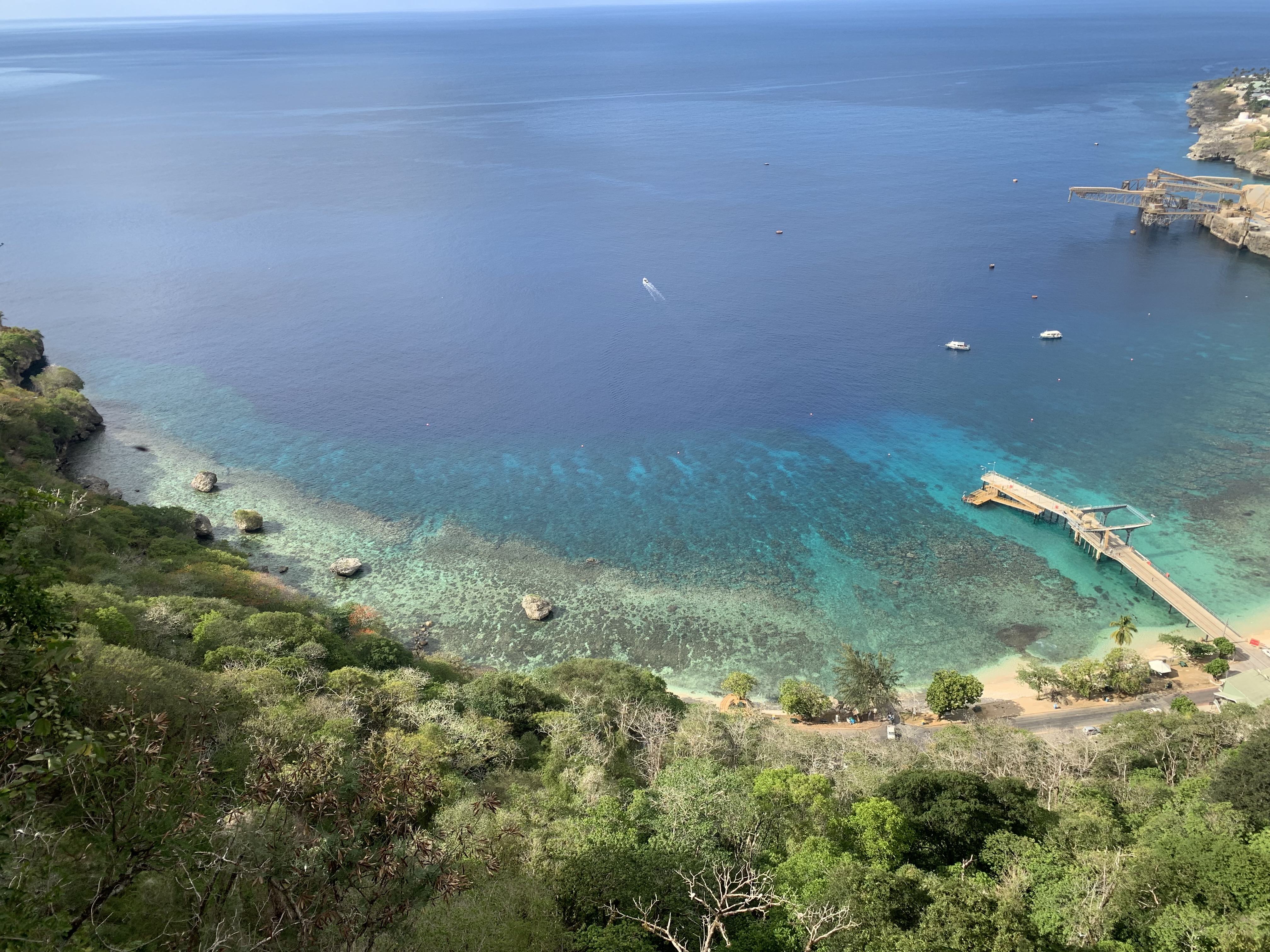
The island is the tip of a deep sea volcano, it reaches 360m above sea level. You might have heard of Christmas Island, the red crab migration from the rainforest to the coast is a natural wonder – ~8 million crabs materialise from across the island to spawn at the start of the wet season.
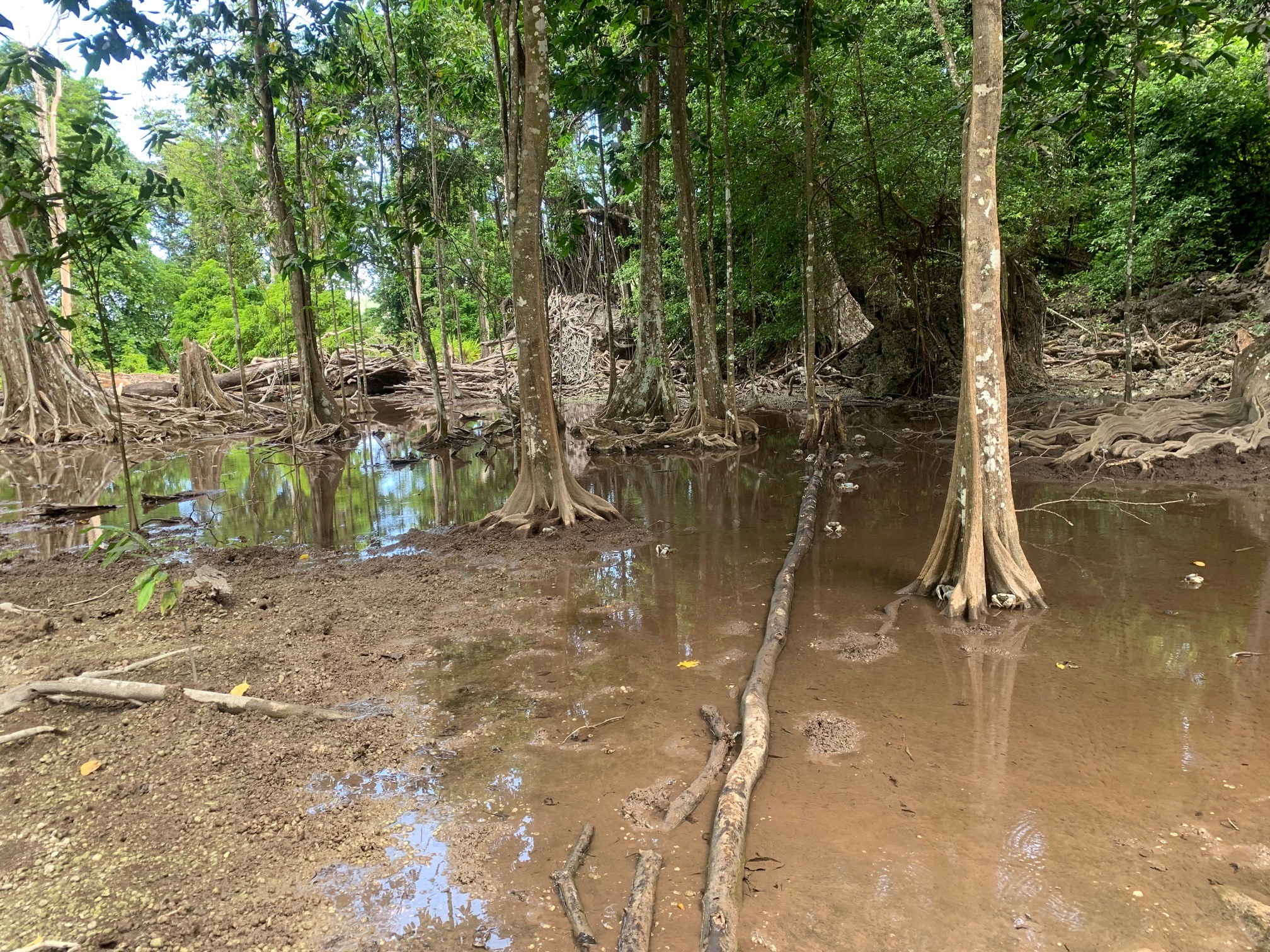
Uniquely, you can find limestone – former coral reef – in the rainforest with the crabs! This is due to volcanic activity raising the height of the island and lifting the coral out of the water. The rainforest is beautiful, inspiring, captivating, and hot and humid.
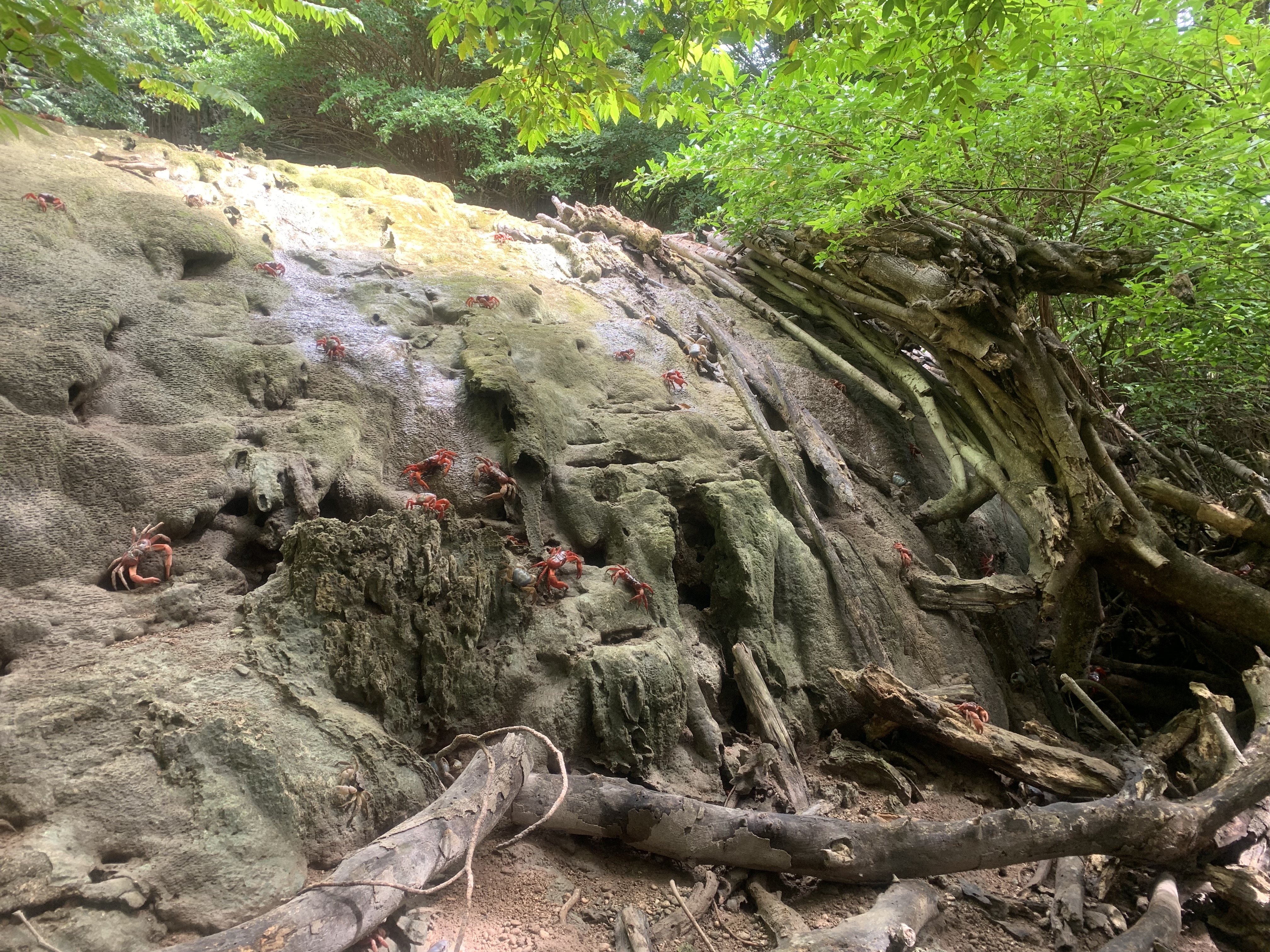
In some areas of the rainforest you can walk through the vegetation with relative ease. The crabs eat the leaf litter, fruit, seeds, and many of the seedlings sprouting from the soil. This creates areas of sparse vegetation at ground level under the dense tall canopy. Other areas the vegetation is dense, spiky, or dense and spiky. So many beautiful plants and animals, and scenes e.g. the aerial roots creating a curtain over boulders, epiphytes, crabs on coral, and spring-fed creeks of trees and crabs.
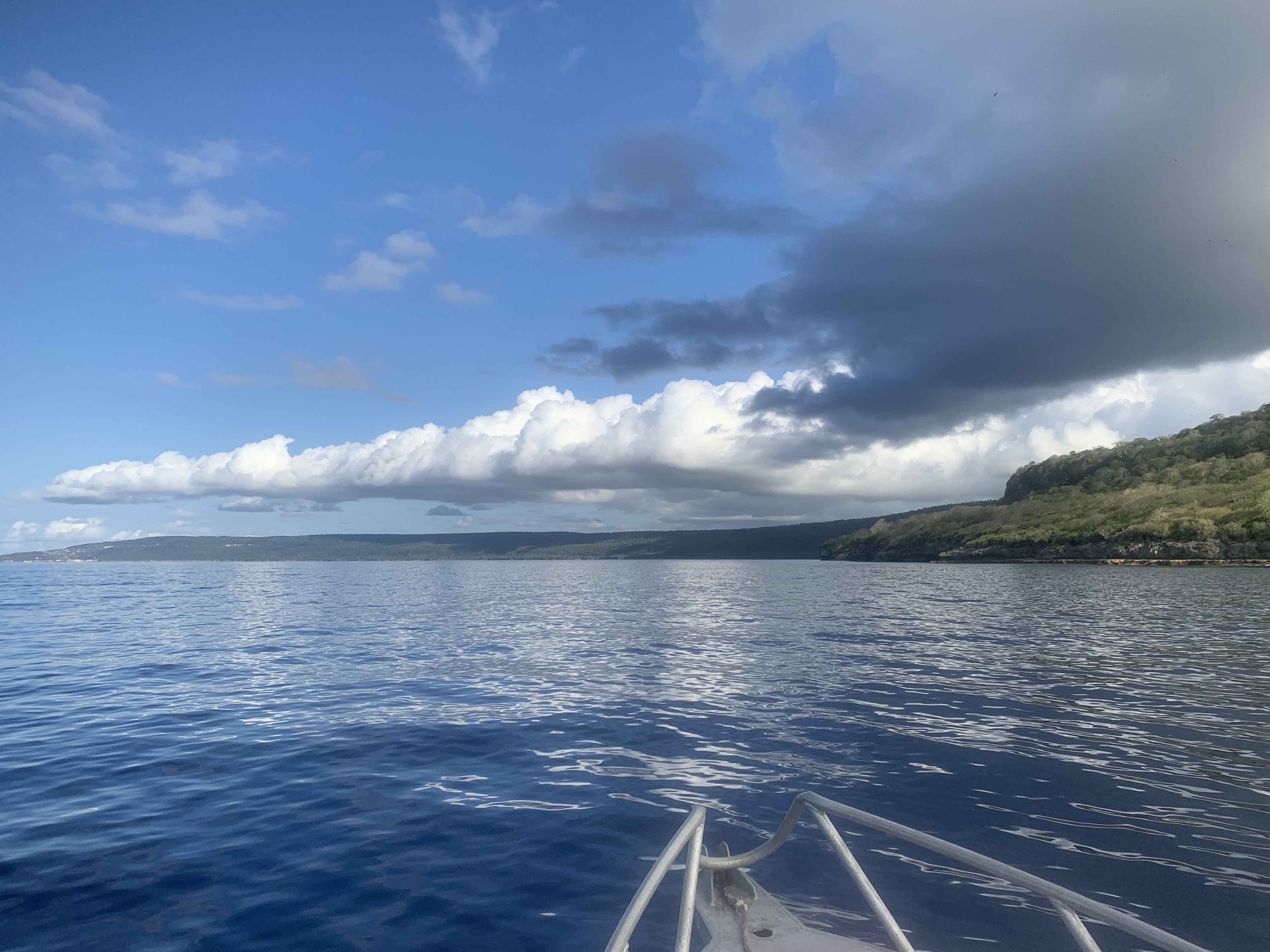
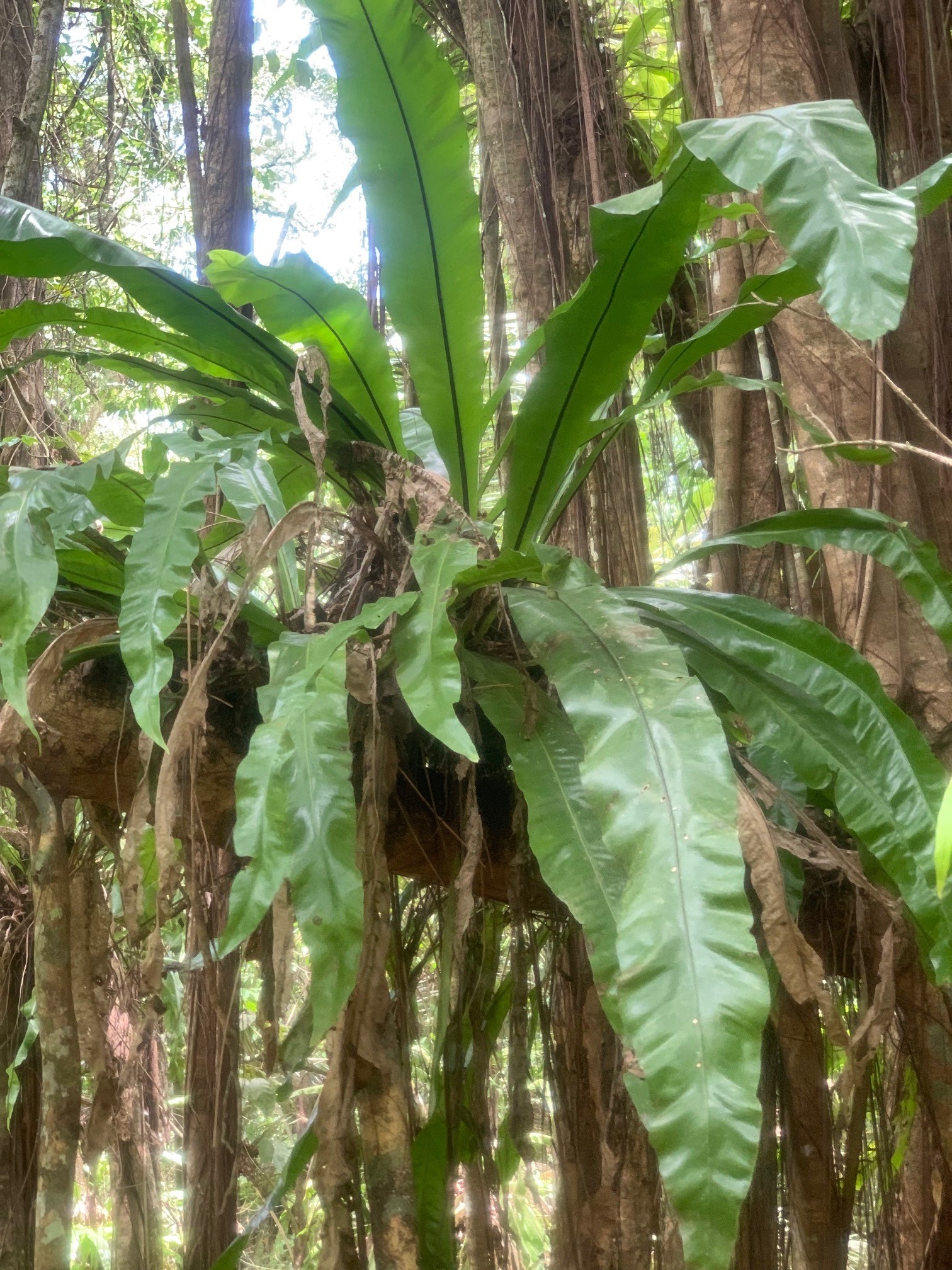
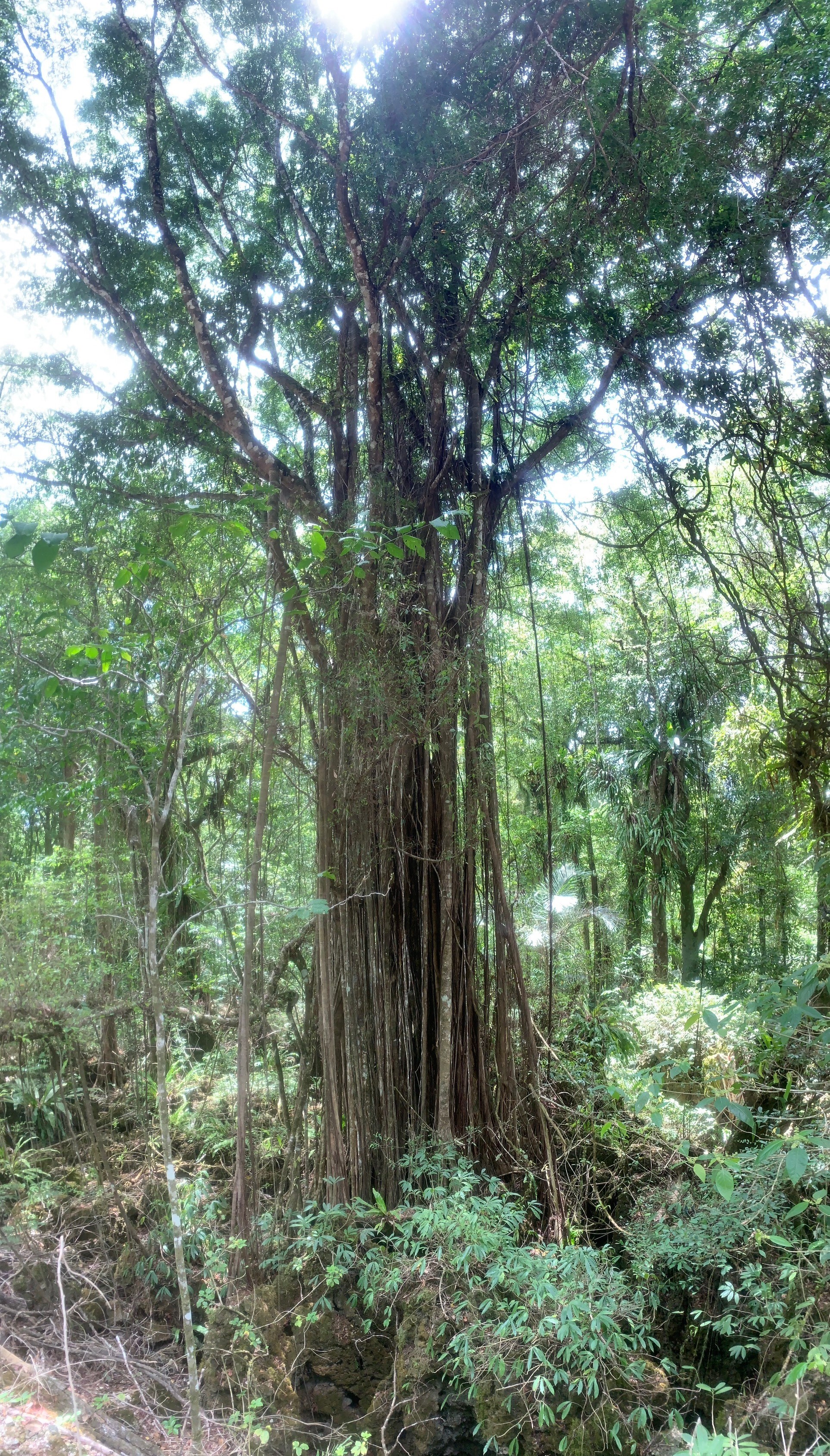
John Martin is a career ecologist. Away from work I spend my time in the sea and the bush; you could say I seldom escape observing nature.